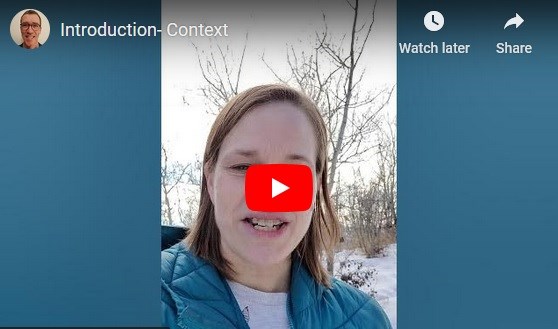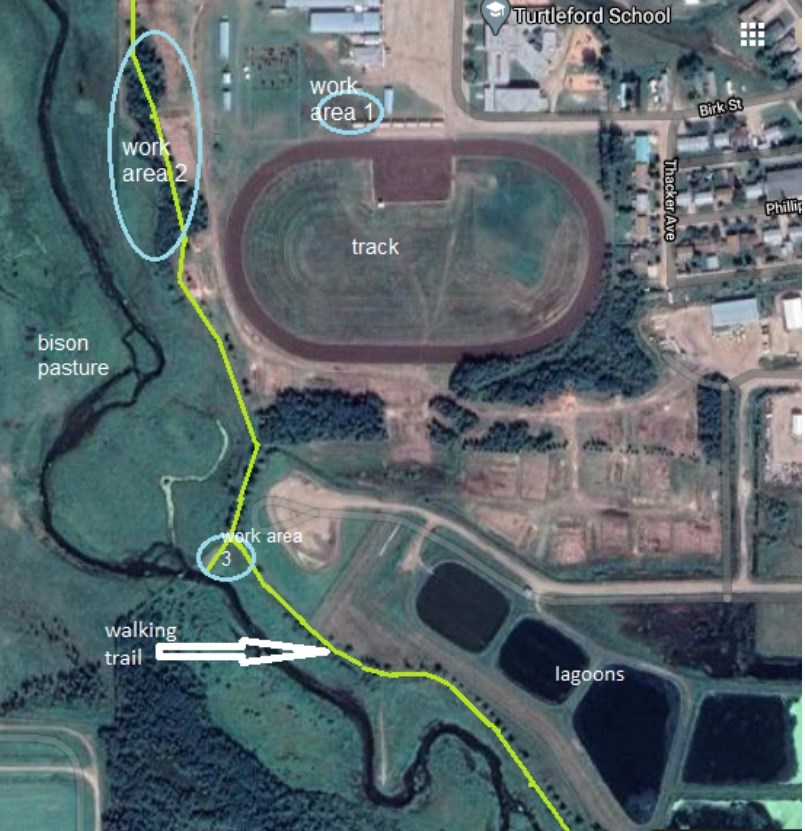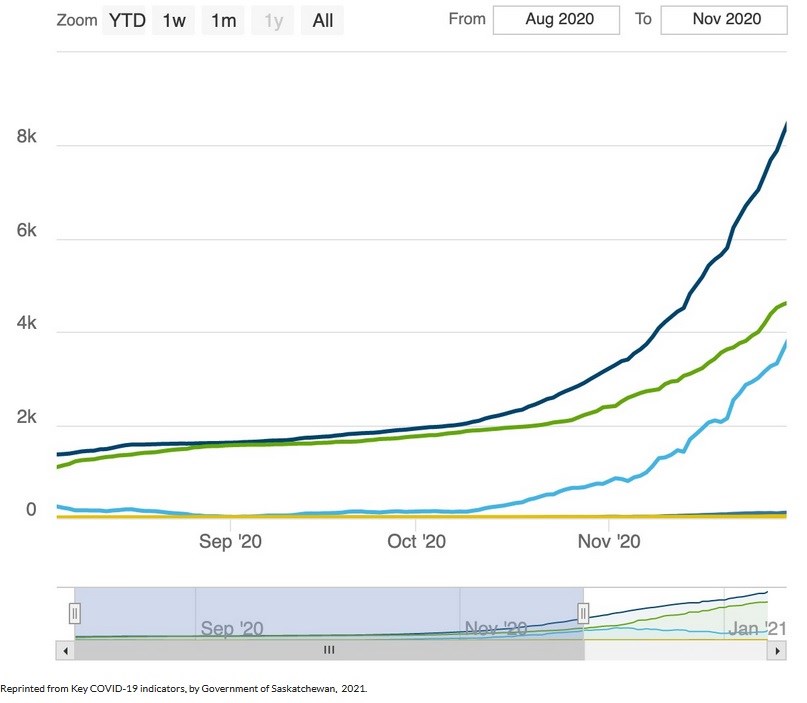 Research-Home
Research-Home
Context Focus Method
Findings Implications Gallery

Acknowledgments
It is with sincere gratitude that we thank the McDowell Foundation for this opportunity.
The Class
The 2020 grade five class was expected to begin with 24 students. The parents of two of the students elected to have them take classes online. One new student enrolled for in-person education.
When classes began one parent declined to send their children to school until they were more confident about their child’s safety at school. Eventually, the child came to school, but only for a period of a few weeks before staying home again.
In October one of the students who had been taking part in distance learning returned to the classroom.
At the same time, one of the students who had been attending somewhat regularly stopped coming to school. The student’s parents declined to enroll online and to take part in classwork sent home.
In November, when there were cases of COVID-19 reported on the Thunderchild Reserve, three more students stopped attending class. Two of them eventually would join the class through video calls using Microsoft Teams and do some school work.
Significantly there are no students with mobility issues.
Geography
Turtleford is a town of 495 people located on the northern edge of the prairie. Turtleford is named for the Turtle River which runs through it and which has created the wide shallow valley the town is nestled in. Aspen groves and farmland surround the community. Closer to the river poplar, saskatoon berry, chokecherry, and natural vegetation grow.
Farmland and oil wells are both a few minutes walk away from the school. Part of the river is fenced off from the town and a herd of bison occupy the fenced area. A walking trail, built by the town runs along the bison fence and continues on for another kilometer.
Off school grounds there are three main areas for students to work and explore in. The sites vary in wildness. The first is an open field 50 meters from the school. It is a flat, mowed field with the school easily in sight. The second is further away in a thin strip of natural vegetation running parallel to the river. The walking trail runs through it. There are open spaces closer to the river and secluded spots among the trees. The third spot is a small clear space along the river and out of sight of the school and town.

Weather
Students spent time outside every school day of the project period, from September 8 to November 30. Dealing with the weather provided difficult, but ultimately solvable problems. In September the issues the class faced were finding shade, finding shelter from the wind, and avoiding the infrequent rain. October was unusually cold. The average temperature for the first eleven days of the month was 9.7° C. The temperature dropped sharply and the average temperature for the last twenty days of October was -3.3°C. Temperatures varied in November, but the average for the month was -6.7° C.
COVID-19
Understanding this research project in the context of the COVID-19 pandemic is important. What the news and social media were projecting, safety measures, and COVID-19 case numbers all help illustrate the context in which this research took place.
A big question presented in various media outlets was, "What will school look like in the fall?" Prior to the start of school, parents of grade 5 students received information from the school and the North West School Division that described the health and safety measures that would be in place once school started.
At a provincial level, from August 4th to August 31, the total number of COVID-19 cases went from 1 368 to 1 619. This may or may not have increased parent and student anxiety. One change that did occur in the community is that on August 31st, The Turtleford & District Co-op, implemented a policy that all staff and customers had to wear a mask.
On August 15th, the Saskatchewan Health Authority (SHA) released a statement to inform individuals of a possible COVID-19 transmission at a local business. This advisory was extended on August 20th and this resulted in placing Turtleford Community School at level 3. This means that in the first week of school, students attended on alternating days to reduce the size of classes.
By September 8th, the first day of school, students from grades 4 to 12 had to wear a mask except during times when they could maintain a distance of two meters from another individual. Thus, students wore masks in the classroom and seating plans were implemented to assist with contact tracing. Those who rode the school bus also had to follow a seating plan and wear a mask during the duration of the ride.
The chart below shows the number of cases over time.
COVID-19
Understanding this research project in the context of the COVID-19 pandemic is important. What the news and social media were projecting, safety measures, and COVID-19 case numbers all help illustrate the context in which this research took place.
A big question presented in various media outlets was, "What will school look like in the fall?" Prior to the start of school, parents of grade 5 students received information from the school and the North West School Division that described the health and safety measures that would be in place once school started.
At a provincial level, from August 4th to August 31, the total number of COVID-19 cases went from 1 368 to 1 619. This may or may not have increased parent and student anxiety. One change that did occur in the community is that on August 31st, The Turtleford & District Co-op, implemented a policy that all staff and customers had to wear a mask.
On August 15th, the Saskatchewan Health Authority (SHA) released a statement to inform individuals of a possible COVID-19 transmission at a local business. This advisory was extended on August 20th and this resulted in placing Turtleford Community School at level 3. This means that in the first week of school, students attended on alternating days to reduce the size of classes.
By September 8th, the first day of school, students from grades 4 to 12 had to wear a mask except during times when they could maintain a distance of two meters from another individual. Thus, students wore masks in the classroom and seating plans were implemented to assist with contact tracing. Those who rode the school bus also had to follow a seating plan and wear a mask during the duration of the ride.
The chart below shows the number of cases over time.
COVID-19
Understanding this research project in the context of the COVID-19 pandemic is important. What the news and social media were projecting, safety measures, and COVID-19 case numbers all help illustrate the context in which this research took place.
A big question presented in various media outlets was, "What will school look like in the fall?" Prior to the start of school, parents of grade 5 students received information from the school and the North West School Division that described the health and safety measures that would be in place once school started.
At a provincial level, from August 4th to August 31, the total number of COVID-19 cases went from 1 368 to 1 619. This may or may not have increased parent and student anxiety. One change that did occur in the community is that on August 31st, The Turtleford & District Co-op, implemented a policy that all staff and customers had to wear a mask.
On August 15th, the Saskatchewan Health Authority (SHA) released a statement to inform individuals of a possible COVID-19 transmission at a local business. This advisory was extended on August 20th and this resulted in placing Turtleford Community School at level 3. This means that in the first week of school, students attended on alternating days to reduce the size of classes.
By September 8th, the first day of school, students from grades 4 to 12 had to wear a mask except during times when they could maintain a distance of two meters from another individual. Thus, students wore masks in the classroom and seating plans were implemented to assist with contact tracing. Those who rode the school bus also had to follow a seating plan and wear a mask during the duration of the ride.
The chart below shows the number of cases over time.

The final survey assessments were given to students between November 26 and 30th. On November 26, the SHA reported that there were 7 362 total cases in the province and 3 146 were considered active. On November 30th, those two numbers increased to 8 564 total cases and 3 879 active cases. When comparing COVID-19 case numbers in August and November, it is evident that the number of cases was increasing quickly.
As a result of the increase in active cases, the provincial government implemented more stringent safety protocols. All children from ages 3 and up were mask mandatory starting November 30th. Indoor private gatherings were reduced from 10 to 5. Those who were 18 yrs and younger were allowed to continue practicing sports such as hockey, but in groups of eight or fewer and were to wear a mask and be at least three meters apart to ensure participants were physically distanced (COVID-19 Update: New Measures in Effect November 17 Released on November 25, 2020). Lastly, before the administration of the final survey to the grade 5 students, active cases on Thunderchild Reserve resulted in a temporary lockdown.